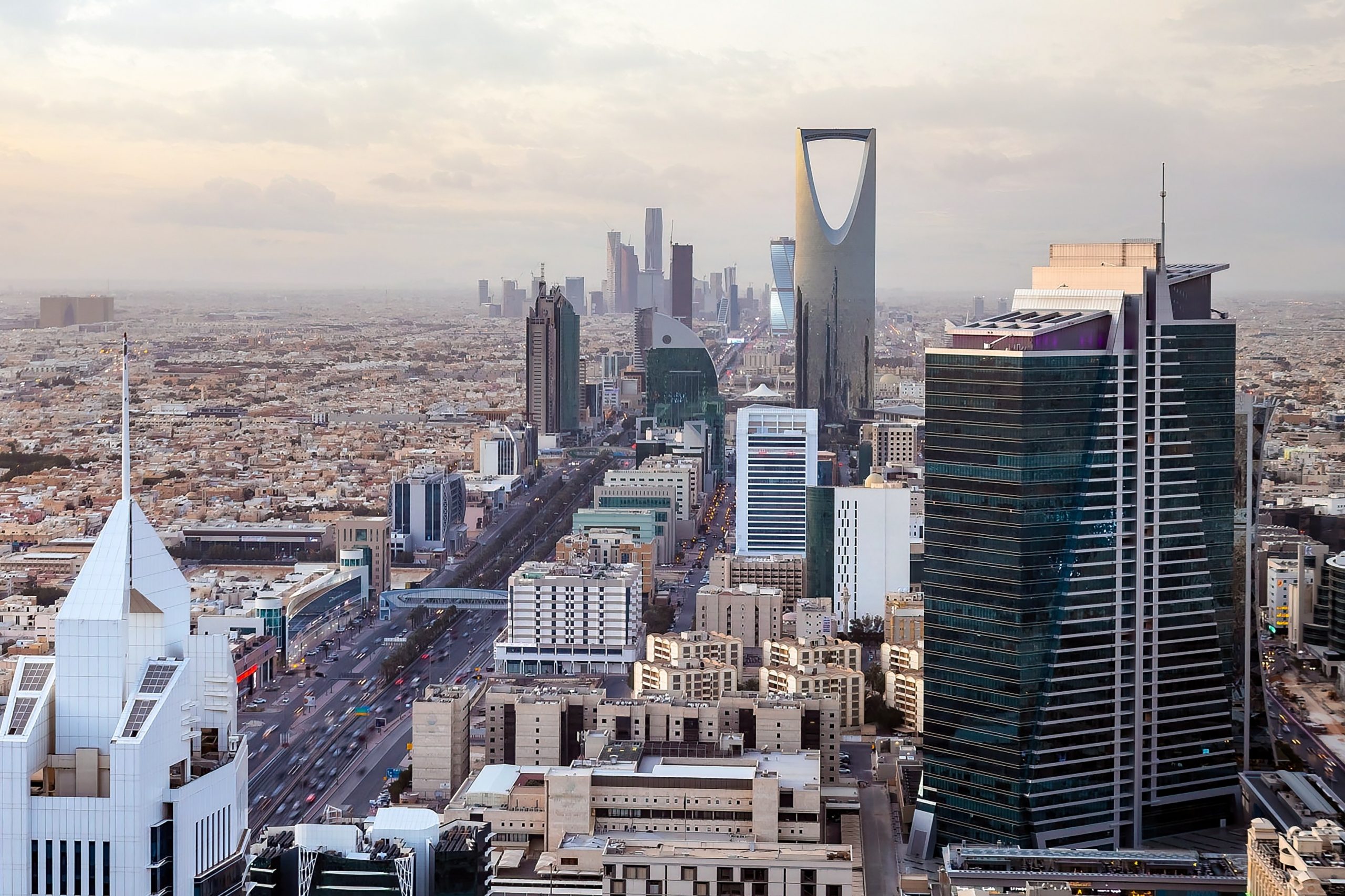Saudi Arabia’s Vision 2030 has been a magnet for global expansion and international interest in recent years. Nine years since its launch, the strategic vision now stands as a global model for national transformation for developing countries. Through major economic, social, and institutional reforms, the strategy has aimed to diversify its economy from oil dependence.
Since the launch of Vision 2030, 674 initiatives have been completed, with 85% of them either finished or progressing on track. Additionally, 93% of the Vision Realization Program (VRP) and national strategy KPIs have been achieved or are in positive progress, with 299 indicators fully met, including 257 that surpassed their expected targets. The progress that has been made is seen as a global success, surpassing many of its original targets.
Below are the main achievements and KPIs recorded by Saudi Arabia in the recently published Vision 2030 Annual Report 2024.
Vision 2030 Achievements So Far
1. Global Gross Domestic Product Ranking
Real GDP reached $936.83 billion in 2024, almost reaching the original target of 955.76 billion by 2024. Saudi Arabia is aiming to rise from 20th to 15th largest economy in terms of GDP by 2030. Driven by a 1.3 % growth rate and supported by an increasing 4.3% of non-oil activities.
2. Non-Oil Proportion of National GDP
Real non-oil GDP reached $680.90 billion in 2024, with 98 % of the 2024 goal achieved (original target of $694.76 billion). Non-oil GDP has steadily increased since 2016, with a CAGR of 3.01%.
3. Private Sector Contribution to GDP
Private sector contribution reached 47% in 2024, surpassing its expected target. Key drivers of this growth are credited to a shift away from oil dependency, expanded investment opportunities for the private sector by creating a business-friendly environment, enhancing the role of SMEs, and the PIF’s increased involvement in the private sector.
4. Public Investment Fund’s (PIF) Assets Under Management
PIF’s assets reached $0.94 trillion in 2024 (exceeding the original 2024 target of $880 billion). This represents a 390% increase since 2016, with a CAGR of 22%, a massively strong performance driven by a proactive and diversified investment strategy and a strong localized intent, with 40 % of the portfolio exposed to Saudi companies, including giga projects.
The PIF has been so successful that the original 2030 target of $1.87 trillion was updated and recalculated to $2.67 trillion.
5. Foreign Direct Investment (FDI) as a Share of GDP
FDI share of GDP reached 2.4% in 2023 (meeting its 2023 target). In consultation with the IMF, new methodologies were created to improve data accuracy and transparency. In 2023, $25.6 billion was reached in FDI inflows, a 50% increase from 2022. This target was exceeded by 16% due to a diversified economic portfolio across various sectors and regions, reflecting growing international confidence in the Saudi market.
6. SMEs’ Contribution to GDP
SMEs contributed 21.9% to the total GDP in 2023, with the goal for 2030 of 35%, which is well on its way to meeting its target. This can be attributed to many factors, including foreign investments, which made up 30 % of total SME capital inflows, as well as private sector financing, which grew by 16 % compared to 2022. This also reflects strong investor confidence and a much improved business environment, thanks to the improvements of local regulations for foreigners as well as many other factors.
7. UN E-Government Development Index
This indicator measures the quality of digital services, infrastructure, and human capital. In 2018, Saudi Arabia was ranked 52nd, considered a low rank for e-service in global standards. In just 6 years, the country is ranked 6th in 2024, well surpassing original targets. Progress is credited to cloud initiatives, e-government platforms, and the general strengthening of e-governance standards.
8. Saudi Arabia Vision 2030 RHQs Target Surpassed
The original target of achieving 500 international firms registering their regional headquarters (RHQs) in the Kingdom by 2030 has been well achieved. 6 years ahead of schedule, Saudi Arabia has to date achieved 571 registered international RHQs, well surpassing the original target.
Some Other Major Achievements Include:
- The unemployment rate in Saudi Arabia reached 7 % in 2024 down from 12.3 % in 2016, achieving its 2030 target.
- The inflation rate in Saudi Arabia is one of the lowest among the G20 countries at 1.7%, recorded in 2024.
- Saudi Arabia’s Purchasing Managers’ Index (PMI) stood at 58.1 points in 2024, indicating strong private sector confidence.
- Life expectancy and HDI have increased impressively; life expectancy reached 78.8 years in 2023, exceeding targets and placing the kingdom 11th among G20 countries. This improvement is due to a better healthcare system, better nutrition, public health awareness, and other factors.
Progress Toward a Prosperous and Competitive Future
The recent KPI successful indices affirm Saudi Arabia’s commitment, positive outlook, strategy, and resilience in building a program to increase global competitiveness and improve local standards. With strong progress in areas such as the labor market, private sector engagement, government efficiency, digital transformation, and much more. Saudi Arabia is well on its way to fulfilling its ambitious goals and laying the foundation for prosperity and sustainability well beyond 2030. These remarkable achievements to date show a strong leadership willing to take risks for the long-term improvement of the country, and have led to a large number of foreign businesses expanding into Saudi Arabia, where business registrations in Q1 2025 have already seen a 48% YoY increase.

